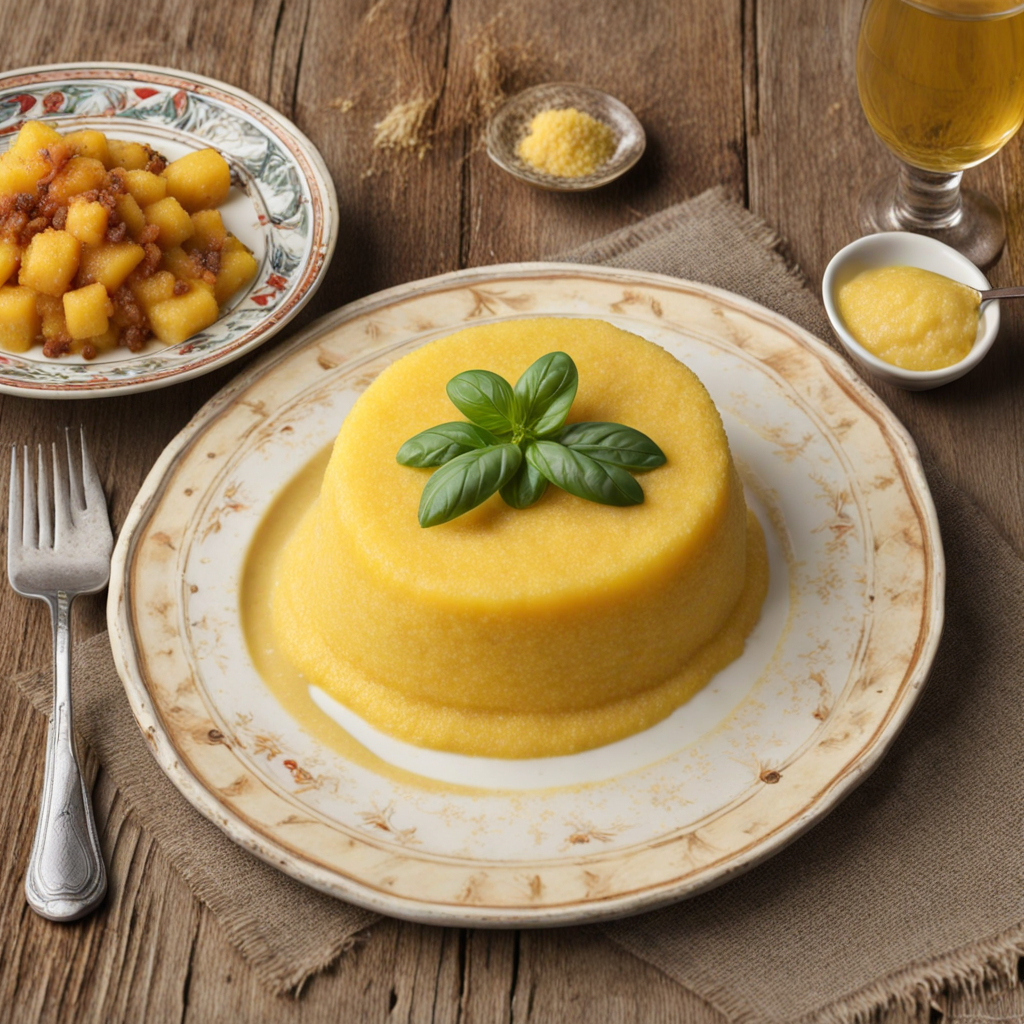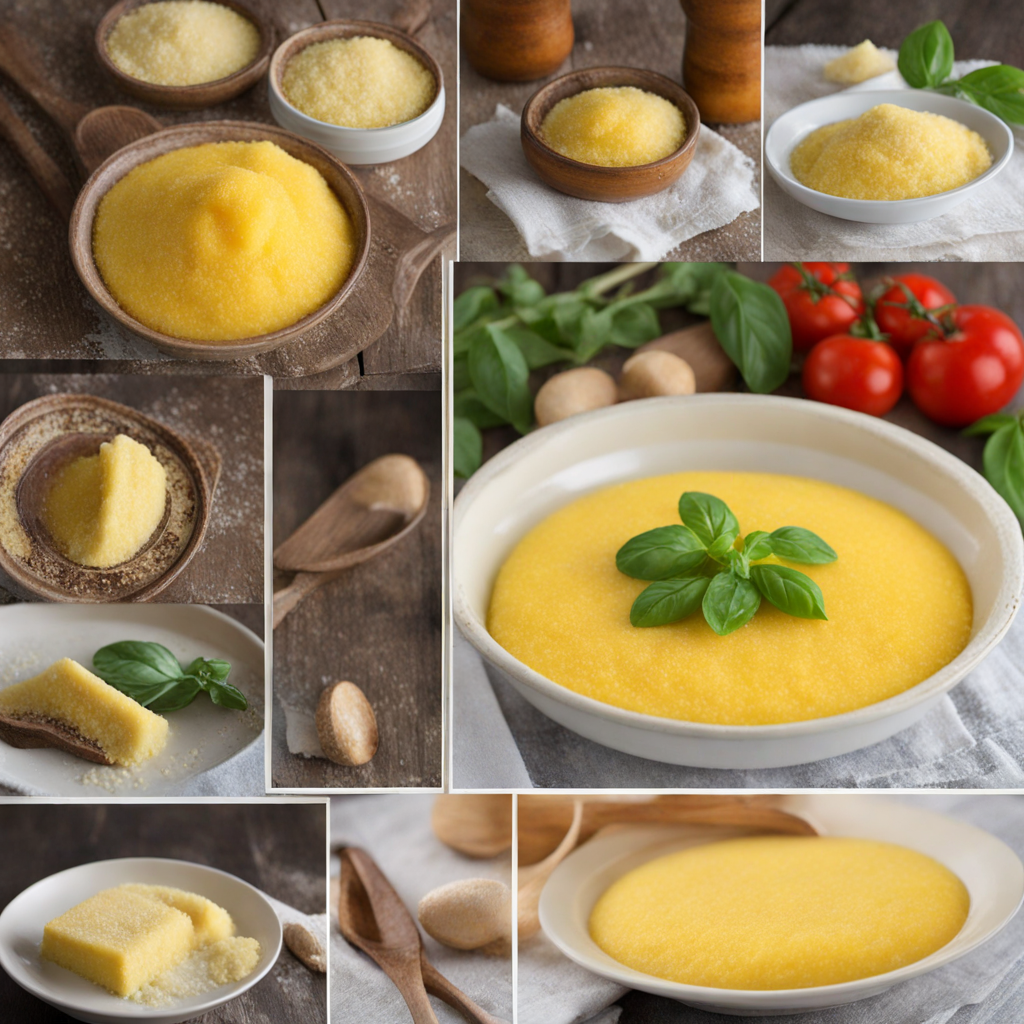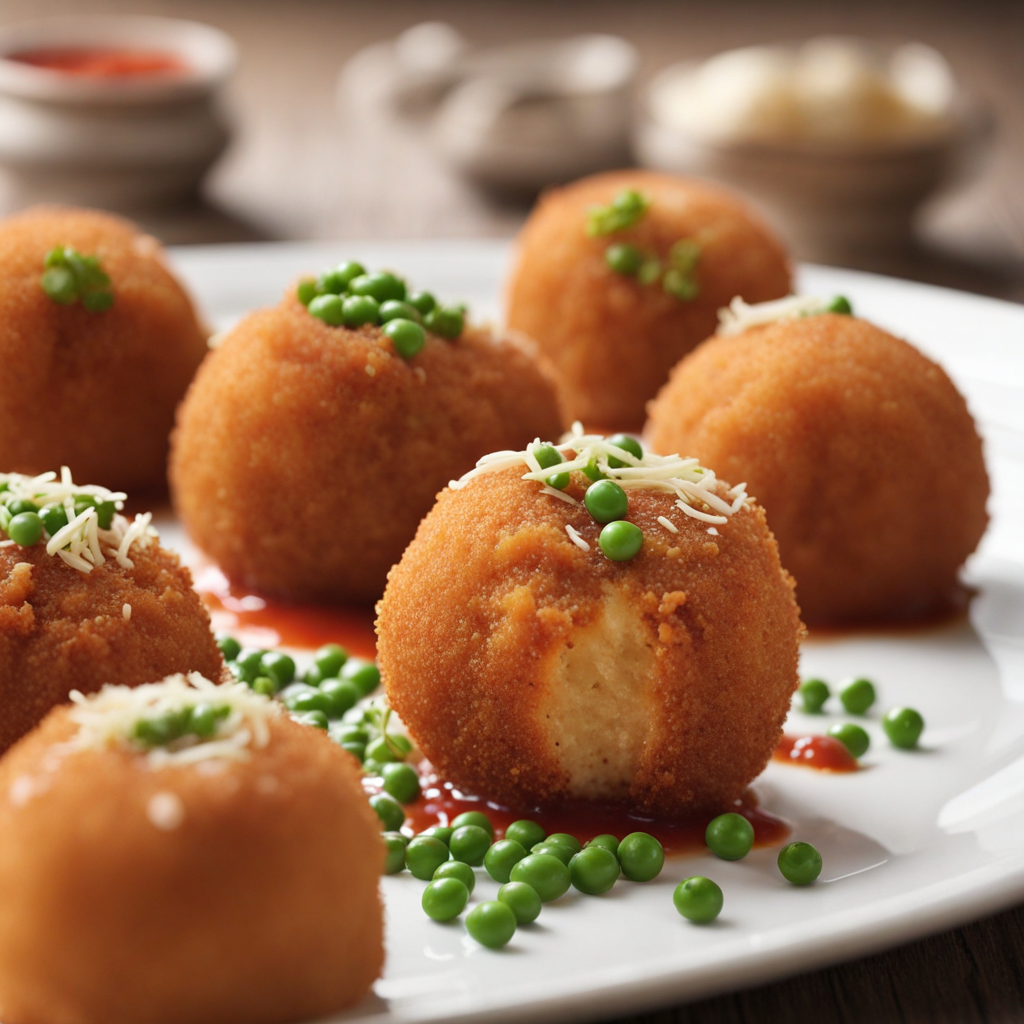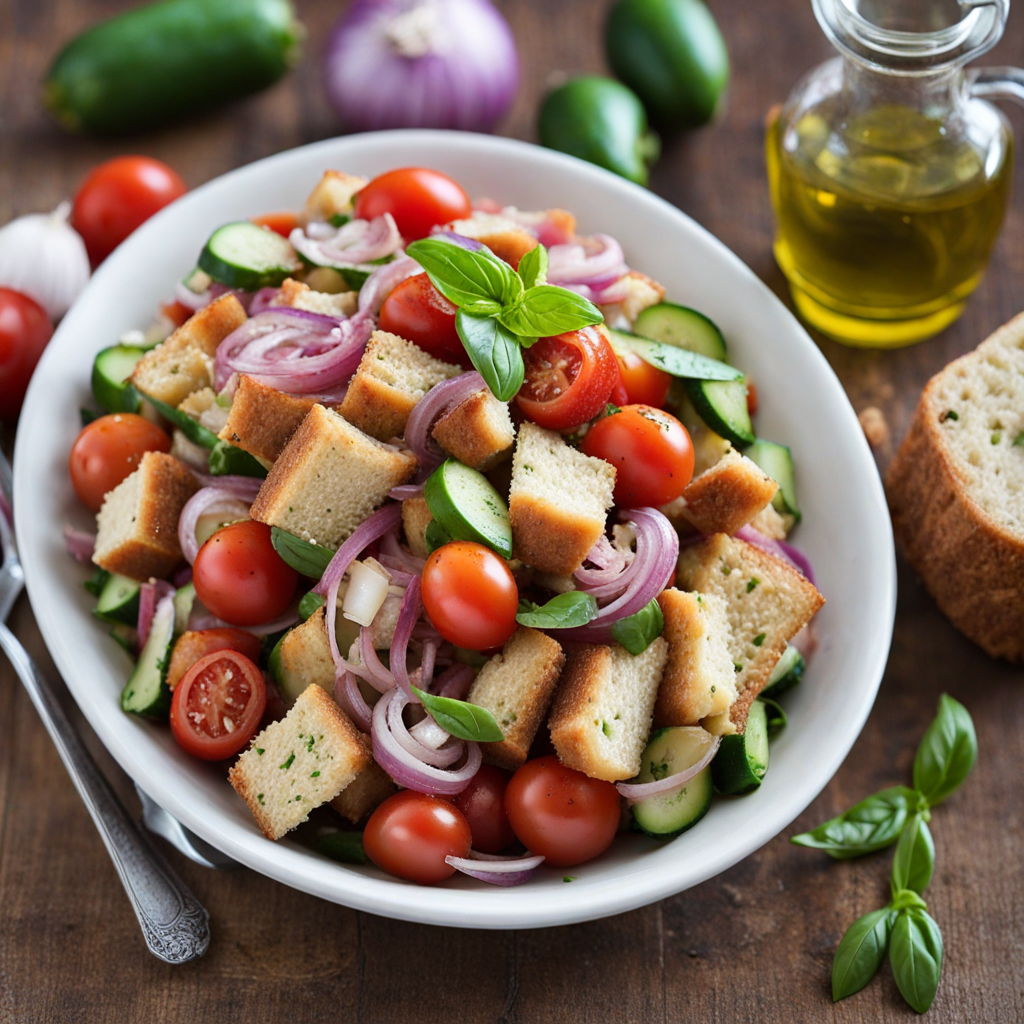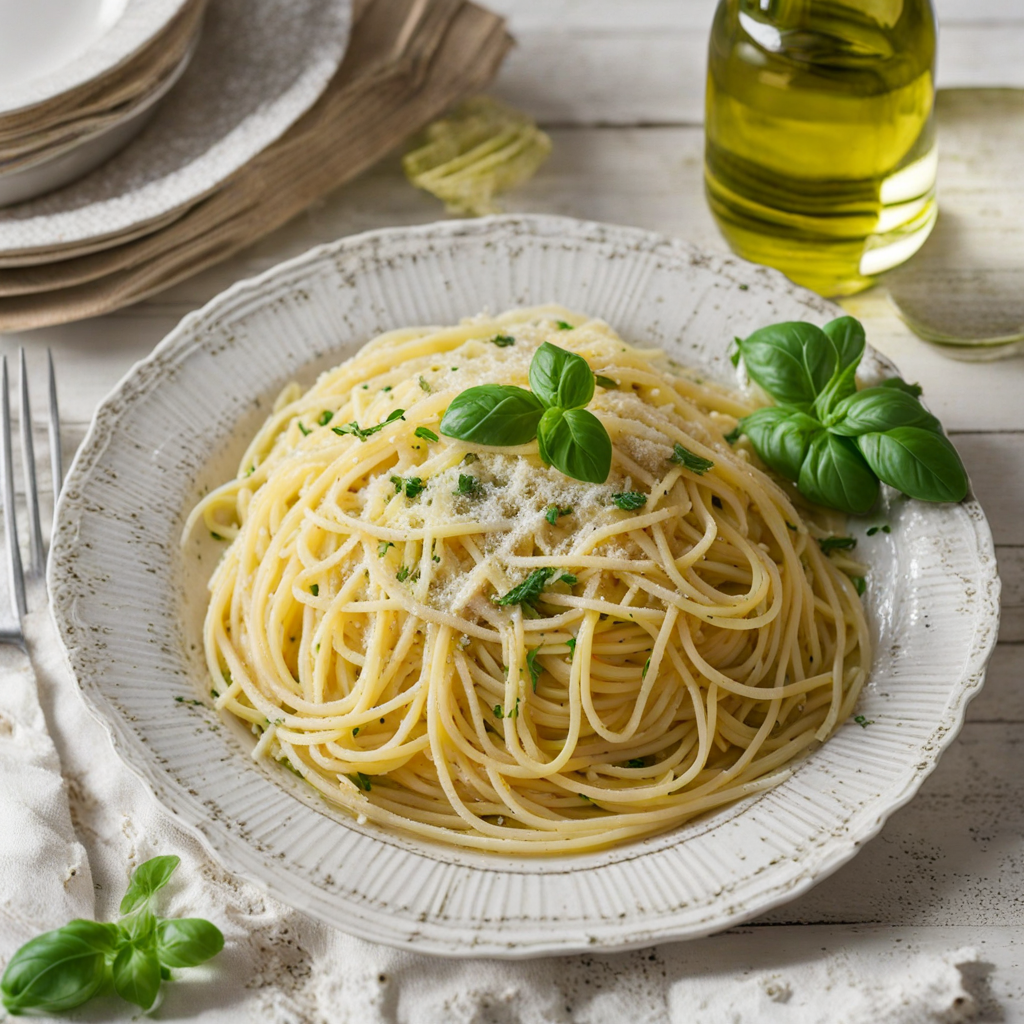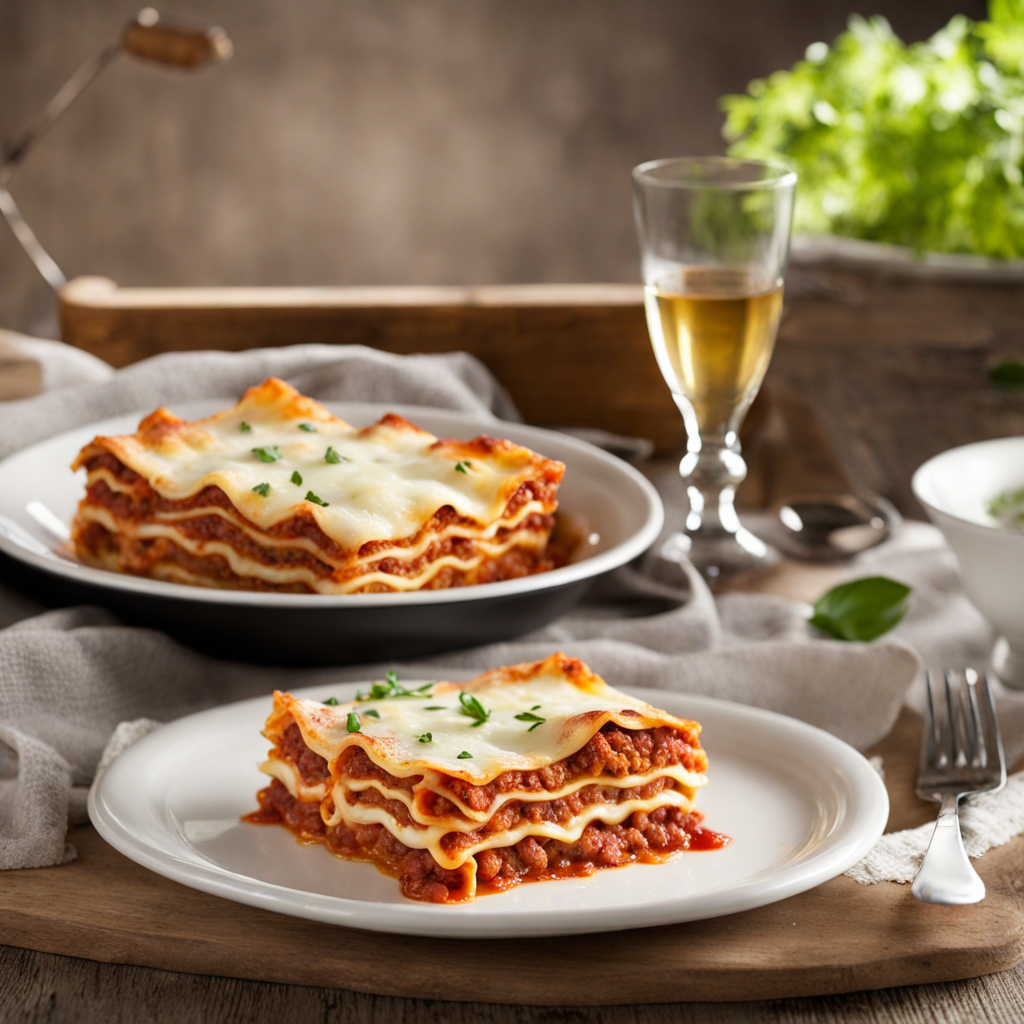Polenta
Polenta is a traditional Italian dish made from ground cornmeal, which has been a staple of the Italian diet for centuries, particularly in the northern regions such as Lombardy, Veneto, and Piedmont. Its history can be traced back to ancient times when it was prepared using various grains, but the introduction of maize to Europe from the Americas in the late 15th century revolutionized this dish. Once corn became widely cultivated, polenta emerged as a primary food source, particularly among peasants, due to its affordability and versatility. The flavor of polenta is inherently mild, which allows it to serve as a blank canvas for a variety of toppings and sauces. When cooked, it develops a creamy texture with a slightly grainy mouthfeel, reminiscent of a hearty porridge. The taste of polenta can vary depending on the type of cornmeal used and the cooking method. Freshly made polenta boasts a subtle sweetness and a rich, buttery flavor, especially when enriched with ingredients like butter, cheese, or broth. It can be served hot and creamy, or allowed to cool and firm up, then sliced and grilled or baked for a different texture and taste experience. Preparation of polenta can take several forms, but the most common method involves simmering coarsely ground cornmeal in water or broth. The cooking process requires constant stirring to prevent lumps and ensure a smooth consistency. Traditionally, polenta is cooked for about 30 to 45 minutes, although instant varieties can cut this time
How It Became This Dish
Polenta, a staple of Italian cuisine, has a rich and fascinating history that traces its roots back to ancient times. Its origins can be found in the early agricultural societies of the Mediterranean region, where grains were cultivated and milled into coarse flour. The term "polenta" itself is derived from the Latin word "puls," which referred to a thick porridge made from grains. Historically, polenta was made from farro, a type of ancient wheat, before later evolving into the cornmeal dish that is widely recognized today. The introduction of corn to Italy in the late 15th century marked a significant turning point in the history of polenta. Following Christopher Columbus's voyages to the Americas, corn (or maize) was brought back to Europe, where it quickly gained popularity. In regions such as Northern Italy, corn became a vital crop due to its adaptability to the local climate and soil. As a result, the traditional recipes began to shift from the use of other grains to corn, leading to the creation of the polenta we know today. Regional Variations Polenta is not just a singular dish; it boasts numerous regional variations across Italy. In the northern regions, particularly in Lombardy and Veneto, polenta is often served as a creamy, soft dish, known as "polenta taragna," which is made with a mixture of cornmeal and buckwheat flour. In contrast, in Emilia-Romagna, polenta is often baked or grilled, forming a firmer texture that can be sliced and served alongside various meats or sauces. Each region has its own unique way of preparing and serving polenta, reflecting the local culinary traditions and available ingredients. In some areas, it is paired with rich ragù sauces, while in others, it is served with melted cheese or sautéed mushrooms. This adaptability contributes to polenta's status as a beloved comfort food throughout Italy. \n Cultural Significance Polenta has significant cultural importance in Italian society. Historically, it was considered a food for the peasantry, a humble dish that sustained laborers working in the fields. It was often referred to as "polenta dei poveri" or "the porridge of the poor." However, as time progressed, polenta found its way into the kitchens of the nobility and became a symbol of rustic Italian cuisine. Today, it is celebrated both in homes and high-end restaurants, reflecting its journey from a simple peasant food to a versatile culinary delight. The communal aspect of polenta preparation cannot be overlooked. Traditionally, polenta was made in a large pot over an open fire, requiring constant stirring to achieve the desired consistency. This process often brought families and communities together, fostering a sense of camaraderie and shared experience. The act of cooking polenta became a ritual, embodying the values of togetherness and tradition that are deeply embedded in Italian culture. \n Modern Adaptations In recent years, polenta has experienced a revival, particularly as the farm-to-table movement gained momentum. Chefs and home cooks alike have embraced polenta for its versatility and ability to pair with diverse ingredients. It has transcended its rustic roots to become a canvas for culinary creativity, appearing in contemporary dishes such as polenta fries, polenta cakes, and even polenta-based desserts. The growing interest in gluten-free diets has also contributed to polenta's resurgence. Made from corn, polenta is naturally gluten-free, making it an appealing option for those with gluten sensitivities. This aspect has allowed polenta to maintain its relevance in modern dietary trends, while still honoring its traditional roots. \n International Influence Polenta's influence has extended beyond the borders of Italy, finding its way into various international cuisines. In the United States, Italian immigrants introduced polenta to the culinary landscape, and it has since been embraced by the broader food culture. Polenta has become a popular dish in many American restaurants, often served alongside grilled meats or incorporated into fusion cuisine. Moreover, polenta's adaptability has made it a favorite in various South American countries, particularly Brazil and Argentina, where it is enjoyed in a multitude of forms. In these regions, it is often paired with local ingredients and flavors, showcasing the global versatility of this humble grain dish. \n The Future of Polenta As we move forward, the future of polenta looks promising. With a growing emphasis on sustainability and local food sources, polenta aligns well with contemporary culinary values. Farmers are increasingly cultivating heritage varieties of corn, which not only support biodiversity but also enrich the flavor profiles of polenta. This return to traditional farming methods and local ingredients is a testament to the enduring legacy of polenta as a dish that connects people to their land and heritage. Additionally, as chefs continue to experiment with polenta in innovative ways, its potential as a versatile ingredient will likely expand even further. From gourmet dishes to everyday meals, polenta stands as a testament to the richness of Italian culinary history and its capacity for reinvention. \n In conclusion, polenta is more than just a dish; it is a reflection of Italy's agricultural history, cultural identity, and communal values. Its journey from a peasant staple to a celebrated food has been shaped by regional variations, modern adaptations, and international influences. As it continues to evolve, polenta remains a beloved comfort food that resonates with both tradition and innovation, ensuring its place in kitchens around the world for generations to come.
You may like
Discover local flavors from Italy


